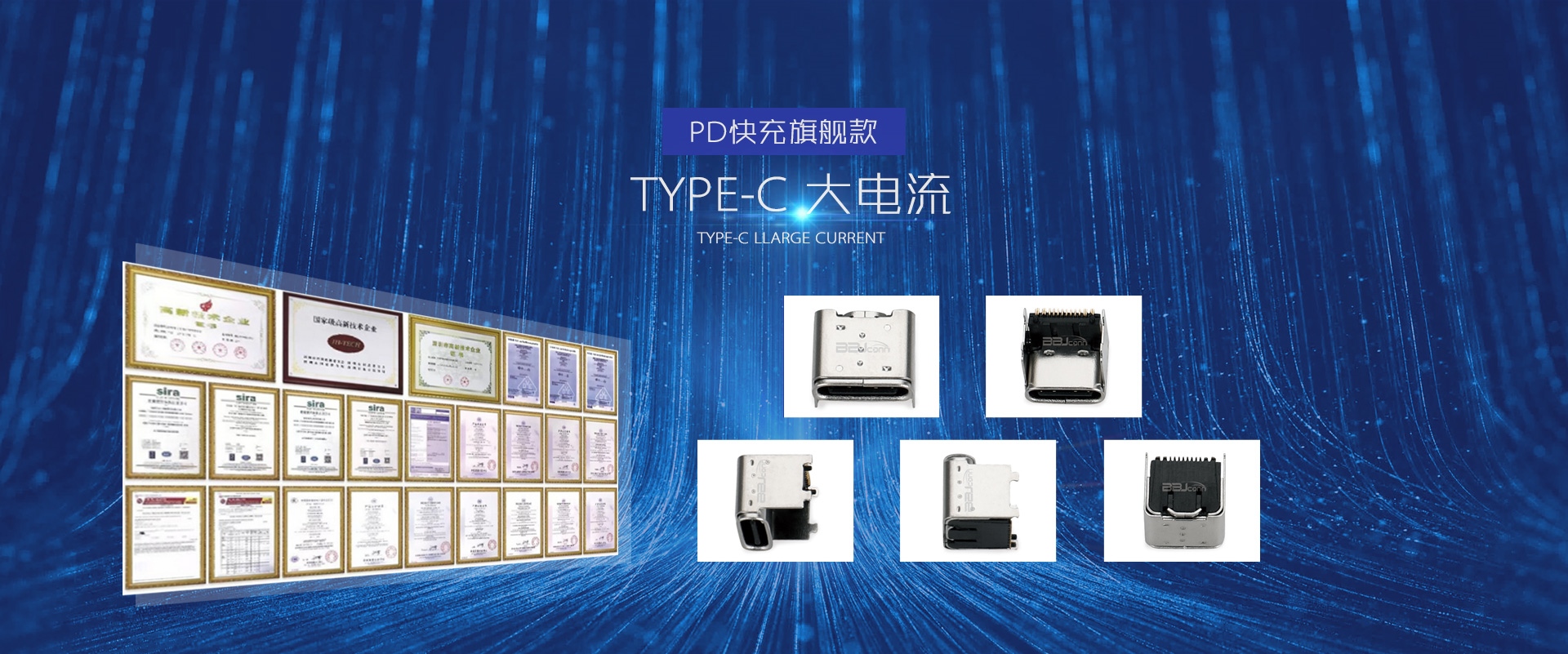Do you need USB Type-C?
With the rapid development of technology,USB Type-CIt has become an indispensable interface standard in modern electronic devices. When purchasing a PC, whether it has a USB Type-C port is increasingly becoming an important consideration. This article will analyze the advantages and applications of USB Type-C in detail to help you understand why Choosing USB Type-C for your future devices is a wise decision.
The application of USB Type-C in ultra-thin laptops has become very common. Almost all new ultra-thin laptops are equipped with at least one USB Type-C port, which allows users to enjoy more efficient charging and data transfer speeds. The USB Type-C interface not only supports higher power transmission, making charging faster, but also can perform data transmission, video output and other functions through the same port, greatly simplifying the use of the interface.
USB Type-C is also widely used in desktop computers. Today, most motherboards have at least one USB Type-C port on the side I\/O panel, and there are even multiple USB Type-C ports on high-end and gaming desktops. Some desktops and aftermarket PC cases are also designed with USB Type-C ports on the front panel to facilitate users to quickly connect devices. However, it should be noted that the USB Type-C port on the front or top of the desktop requires a specific USB on the motherboard side. -C header connectors, and these connectors are only available on newer motherboards.

Even if you don’t need USB Type-C now, you will definitely find it necessary in the future. USB Type-C is powerful. It can not only charge and transmit data, but also supports multiple functions such as video output. It is a port that can truly rule all interfaces. Next-generation cross-platform connectors are rapidly replacing older ones, just as the original USB standard replaced Apple Desktop Bus (ADB), FireWire, Parallel, PS\/2, SCSI and Serial on Macs and PCs The ports are the same.
A significant advantage of USB Type-C is its uniformity and compatibility. Whether it is a charger, data cable or display device, the USB Type-C interface can achieve unified connection, reducing compatibility issues between different devices. This It not only simplifies the user's device connection, but also reduces the trouble of carrying multiple cables. In the future, as more devices adopt the USB Type-C interface, the user experience will be more convenient and efficient.
The USB Type-C interface supports higher transfer speeds and power output. The latest USB 3.1 standard can achieve data transfer rates of up to 10 Gbps through the USB Type-C interface, and USB 3.2 and USB 4 can even achieve higher transfer rates. .This is undoubtedly a huge advantage for users who need to frequently transfer large files. In addition, the USB Type-C interface also supports higher power output, up to 100W, which means you can The interface powers more high-power devices.
With the continuous advancement of technology, USB Type-C will continue to develop and evolve, providing more functions and higher performance. In the future, USB Type-C will not only be limited to personal computers and mobile phones, but will also be widely used in automobiles , smart home and other fields, becoming a truly all-round interface. Whether it is data transmission, video output or device charging, USB Type-C will provide a more efficient and convenient solution.
From the above analysis, it can be seen that USB Type-C has become an indispensable interface standard in modern electronic devices. Whether it is ultra-thin laptops or desktops, this interface is widely used. Its versatility, high transmission speed and Advantages such as high power output make USB Type-C the mainstream interface for future development. Even if you don’t need USB Type-C now, you will definitely find its importance in the future. Choosing a device with a USB Type-C interface will not only It can improve the user experience and prepare for future technological development.
